HDR, in collaboration with Walker Corporation and Lyons, has designed Western Sydney University’s new 26,500 square metre vertical Bankstown City Campus as part of a $340M investment in the area.

September 25th, 2023
The completion of this vertical campus in Bankstown cements Western Sydney’s transformation into a thriving academic, innovation and research precinct. HDR has designed a series of semi-enclosed cabins, cocoon-like reading spaces and reflection huts for focused or collaborative work.
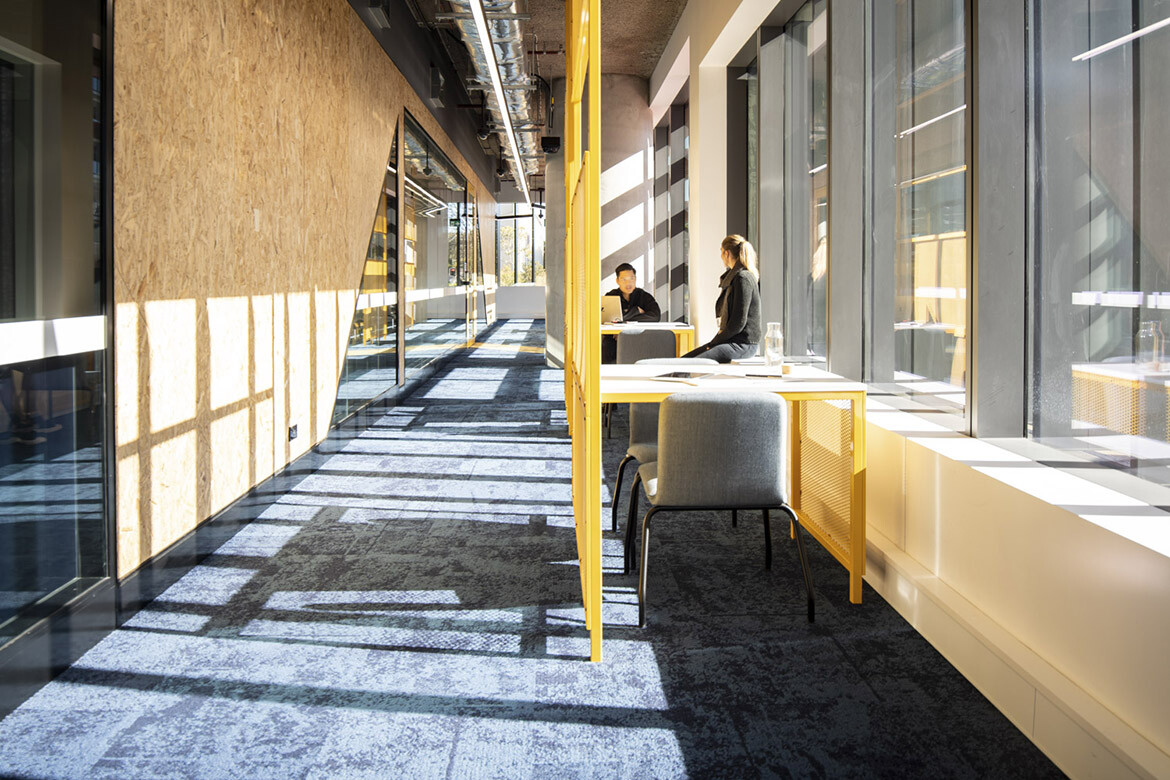
Delivered in partnership with Walker Corporation and the university, HDR’s architectural fit-out and the Lyons-designed base build not only refreshes the vertical campus ecosystem but employs a hybrid ‘omniverse’ model that will propel tertiary education architecture for years to come.
Occupied by the next generation of researchers, educators and students from the first semester in 2023, the collaboration project brings up to 10,000 students, 1,000 staff and various industry partners together in a highly accessible, technology-rich learning and research environment that promotes universal collaboration.
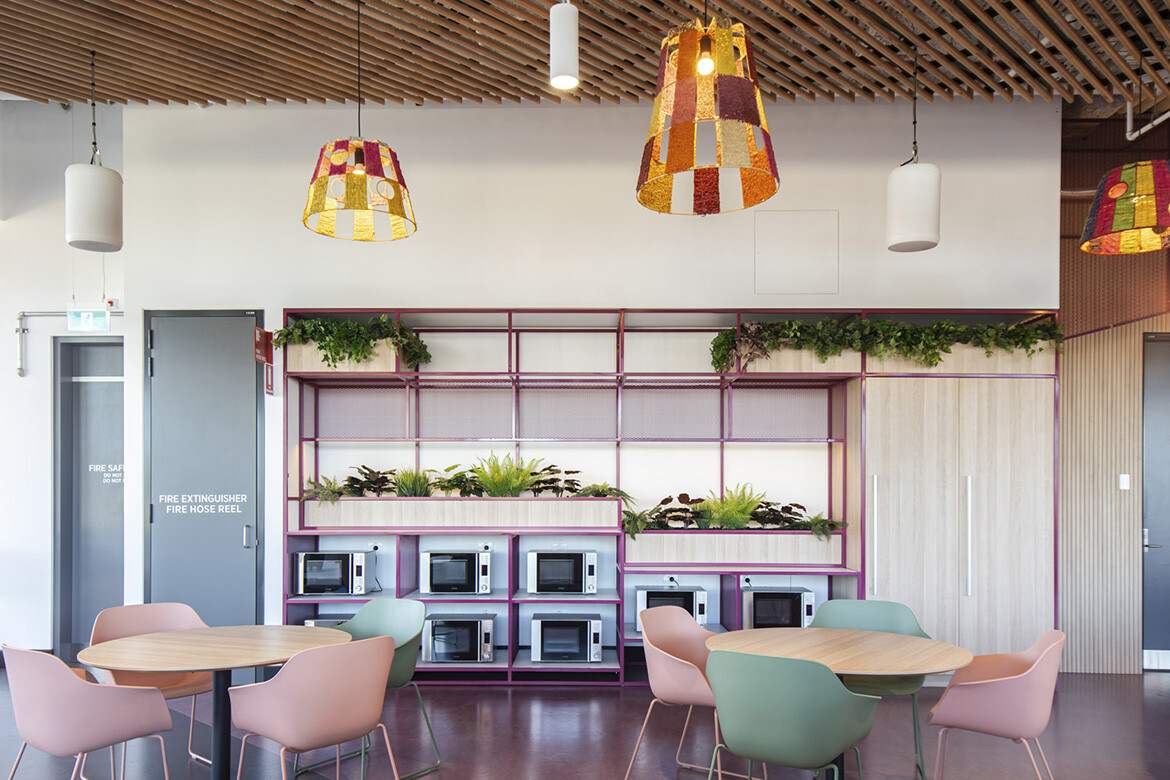
Constructed by Built, the new 18-storey Bankstown City Campus, comprising nine levels for education and nine levels for industry collaborators, features 32 agnostic, scalable learning and research studios and 25 different teaching modes that have been conceived using modular and highly adaptable data-driven design processes.
Related: HDR’s Alex Wessling comments on wellness-driven cities

HDR made use of computational analysis and generative design principles to create the cabins, cocoon-like reading spaces and reflection huts. Meanwhile, the staff cabanas deliver the benefits of an open plan office in a more personalised space that caters to their workplace needs, while the experimental and computational labs provide students with work-integrated, collaborative partnership opportunities with industry and enterprise.
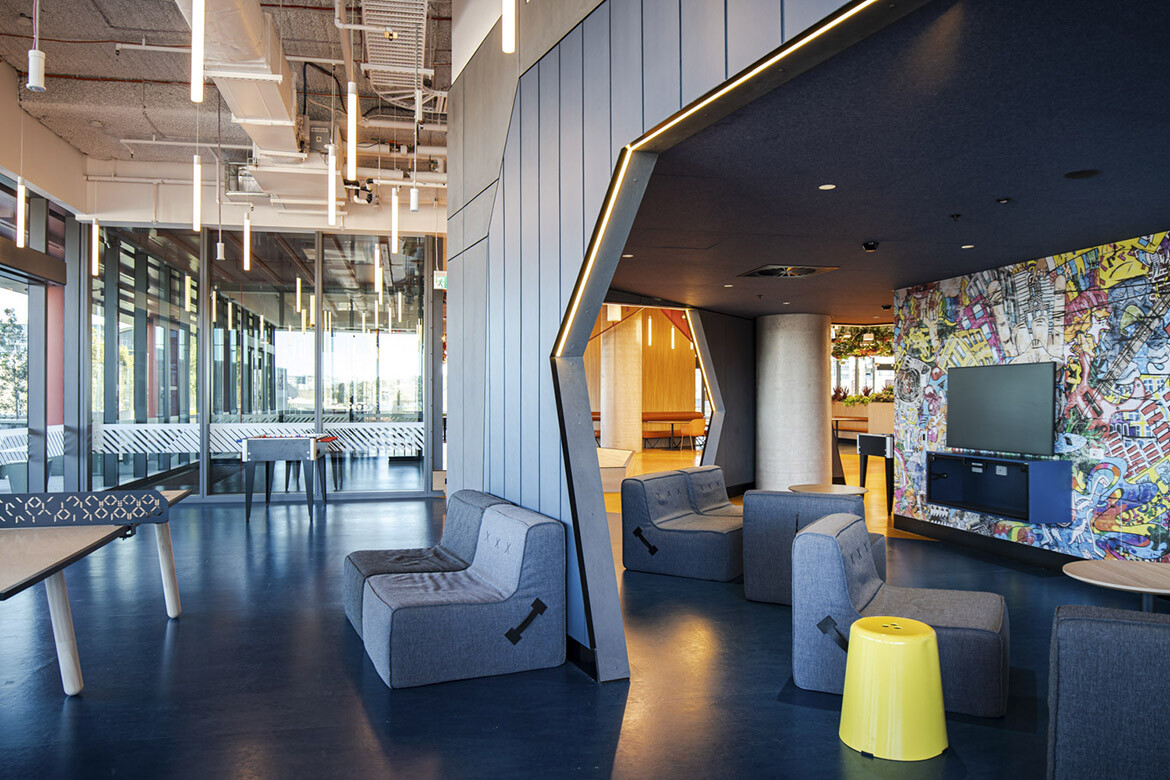
“We have created a sensory omniverse of learning experiences with diverse space typologies that prioritise agnostic and informal learning so students and staff can seamlessly switch between flexible learning modes,” says HDR director, Alex Wessling.
“These informal learning spaces deliver a distinctly student-centred, collaborative experience that meshes education with industry, community and culture.”
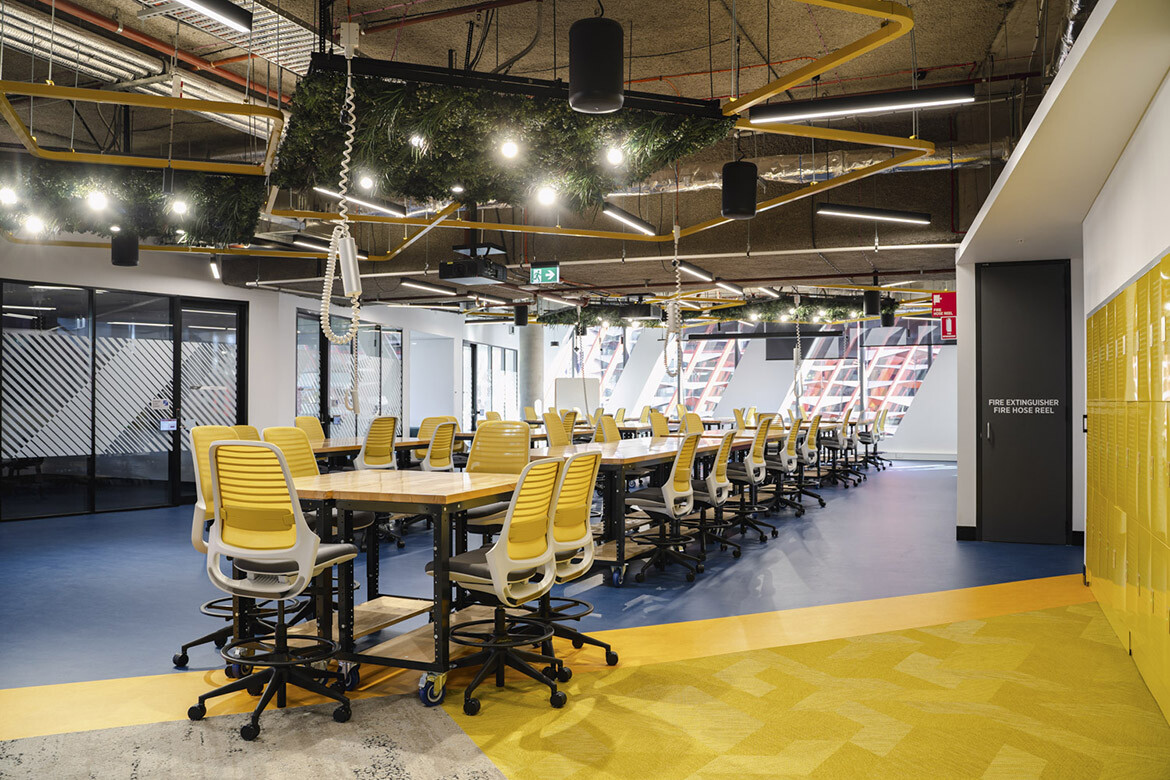
Located on the traditional land of the Dharug people, the design of the new campus is also a reflection and celebration of the cultural heritage of the diverse student population – past, present and emerging. The existing Milperra campus’ Wall of Hands, a 5-metre brick wall of Indigenous graduates’ painted handprints over the past 40 years, has been reimagined and transformed into a digitally manipulated, steel artwork in collaboration with industrial artists.
The re-envisioned Wall of Hands, with space to continue this tradition, is located within the beating heart of the new campus’ Student Hub, and the original wall now exists as a recycled sculptural seating arrangement at the Badanami Centre for Indigenous Education’s Yarning Circle. The design and implementation of these features were guided by the Western Sydney University’s Indigenous Elders Advisory Committee to ensure they respectfully aligned with Indigenous cultural protocols.
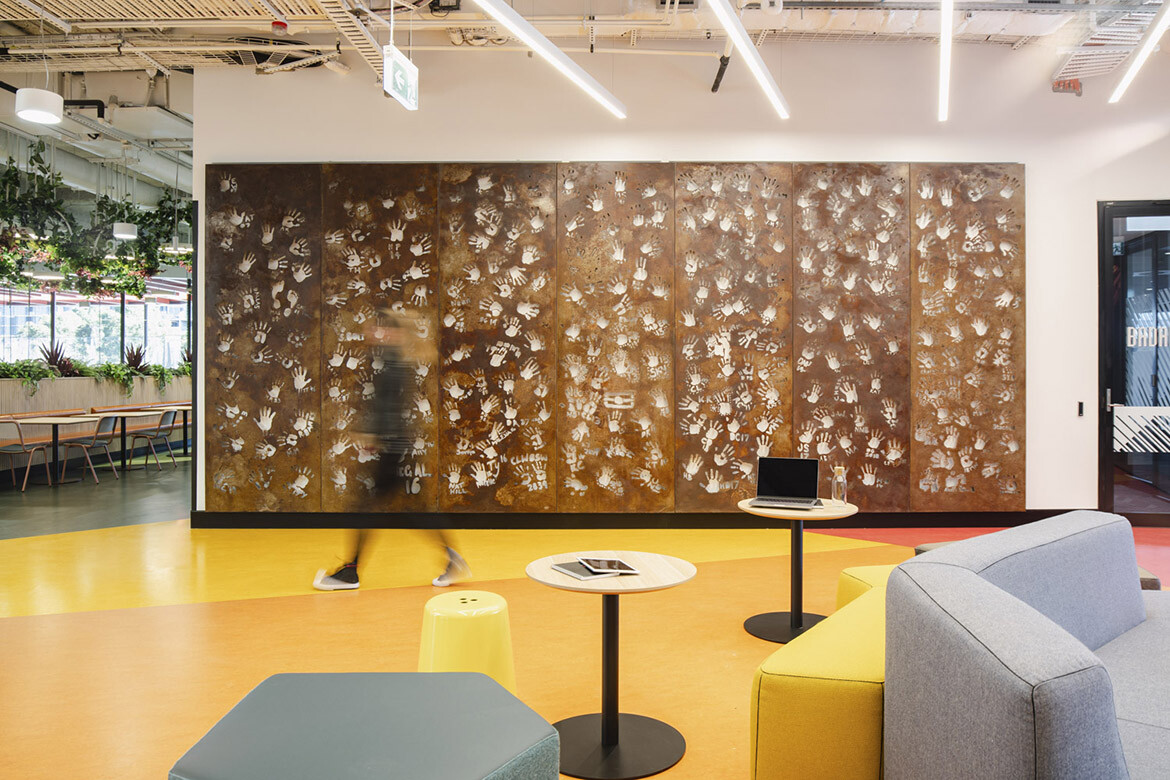
Elsehwere, the Badanami Centre Yarning Circle is a significant space for Indigenous students and the community to connect with culture. Hundreds of hand-woven light pendants throughout the building, facilitated and collated by Koskela in collaboration with Indigenous artists, further connects the campus to Country and community.
“The sculptural wall and woven lights, coupled with the permeable, green urban setting that surrounds the campus, has created an inclusive and wellness-driven environment for the richly diverse community and authentically embeds the project within its spiritual, ecological, geological and knowledge systems,” Wessling says.

With a 6 Star Green Star rating, the sustainable campus design features an innovative thermal and rainwater system; Interface carpet made from ocean waste and recycled fishing nets; upholstery with recycled PET bottle fabrics; and Cradle-to-Cradle certified furniture and finishes.
“In a transformation from local council car park to campus, the dynamic vertical building is a facilitator for industry growth and enables cross-pollination of ideas and trans-disciplinary innovation in a transformative tertiary knowledge hub,” says Graeme Spencer, HDR principal of education and science.
“Not only is the building set to become a benchmark, world-class learning, education and research facility for the local Canterbury-Bankstown community, but it will transform the civic pride of Western Sydney for years to come.”
HDR
hdrinc.com
Photography
Ela Glogowska
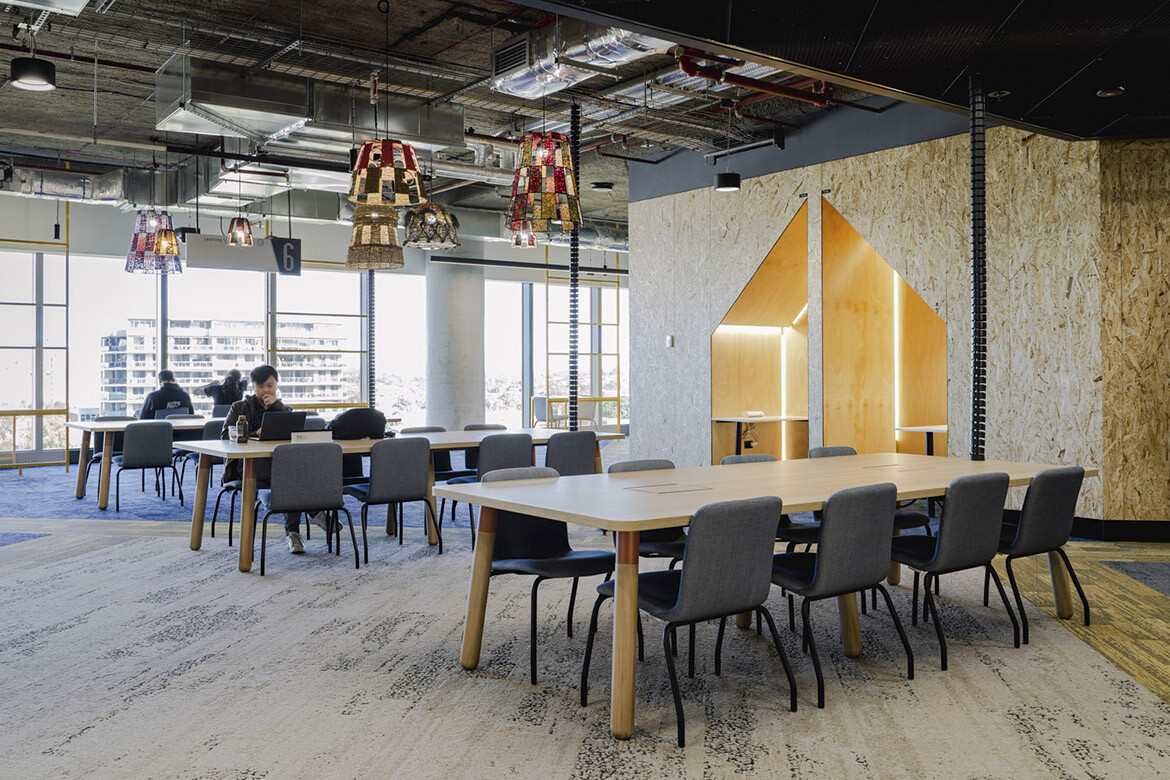
INDESIGN is on instagram
Follow @indesignlive
A searchable and comprehensive guide for specifying leading products and their suppliers
Keep up to date with the latest and greatest from our industry BFF's!

The undeniable thread connecting Herman Miller and Knoll’s design legacies across the decades now finds its profound physical embodiment at MillerKnoll’s new Design Yard Archives.
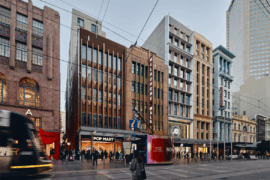
Merging two hotel identities in one landmark development, Hotel Indigo and Holiday Inn Little Collins capture the spirit of Melbourne through Buchan’s narrative-driven design – elevated by GROHE’s signature craftsmanship.
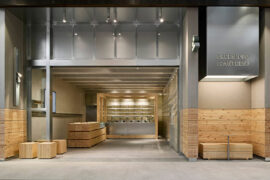
Hecker Guthrie brings a natural, material-led design to Green Cup’s new Chadstone store, pairing pine, steel and glass with a grab-and-go layout inspired by the brand’s fresh, organic ethos.
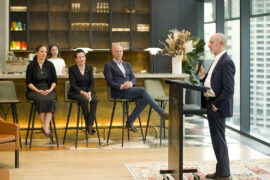
The eponymous practice founder reflects on four decades of work in a new book launched by Lord Mayor Clover Moore, tracing lessons from New York to Sydney and revisiting seminal works including 8 Chifley Square and the Andrew “Boy” Charlton Pool.
The internet never sleeps! Here's the stuff you might have missed
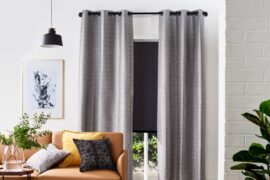
A lighter, roomier feel in your space can start at your window.
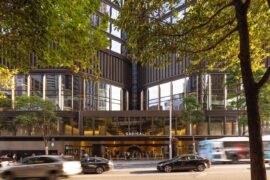
Rising above the new Sydney Metro Gadigal Station on Pitt Street, Investa’s Parkline Place is redefining the office property aesthetic.